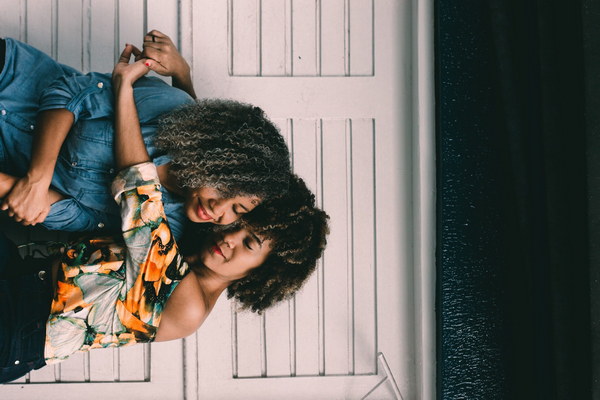Curing Right-Sided Lower Back Pain Essential Self-Care Practices for Women's Health
Introduction:
Lower back pain, particularly on the right side, can be quite discomforting and may interfere with daily activities. For women, it is essential to pay attention to the symptoms and take necessary precautions to maintain overall health. This article aims to provide valuable insights into the causes of right-sided lower back pain in women and suggests effective self-care practices to alleviate the discomfort and prevent future occurrences.
Causes of Right-Sided Lower Back Pain:
1. Muscle Strain or Sprain: Overexertion or sudden movements can lead to muscle strain or sprain in the lower back area, resulting in pain on the right side.
2. Sciatica: This condition occurs when the sciatic nerve is compressed or irritated, causing pain that typically radiates from the lower back down the right leg.
3.Kidney Stones: Pain in the right side of the lower back may be a sign of kidney stones, which are hard deposits formed in the kidneys.
4. Ovarian Cysts: Women with ovarian cysts may experience pain on the right side of the lower back due to the stretching of the ovary or its ligaments.
5. Pelvic Inflammatory Disease (PID): This condition can lead to lower back pain, particularly on the right side, due to inflammation of the reproductive organs.
Self-Care Practices for Right-Sided Lower Back Pain:
1. Rest and Ice Therapy:
It is crucial to give your body enough time to heal. Apply an ice pack to the affected area for 15-20 minutes, several times a day, to reduce inflammation and numb the pain. After the initial 48-72 hours, switch to a warm compress or heating pad to relax the muscles and promote blood circulation.
2. Stretching Exercises:
Regular stretching exercises can help alleviate pain and improve flexibility. Focus on gentle, low-impact movements, such as:
- Cat-Cow Stretch: Begin on your hands and knees, arch your back up while inhaling and drop your belly towards the floor while exhaling.
- Child's Pose: Sit on your knees, extend your arms in front of you, and fold forward, keeping your hips on your heels.
- Seated Forward Bend: Sit on the ground with your legs extended in front of you. Inhale and lift your arms overhead, then exhale and hinge at the hips to fold forward.
3. Strengthening Exercises:
Strengthening the muscles in your lower back and core can provide support and reduce the risk of future injuries. Consult a physical therapist or personal trainer to develop a tailored exercise plan that suits your needs.
4. Proper Posture:
Maintain good posture to prevent strain on your lower back. Pay attention to your posture while sitting, standing, and lifting objects. Use ergonomic chairs, adjust your computer screen to eye level, and take regular breaks to stretch and move around.

5. Weight Management:
Excess weight can put additional stress on your lower back. Losing weight, if necessary, can help alleviate pain and improve overall health.
6. Heat Therapy:
In addition to using a heating pad, consider a hot bath or a warm shower to relax your muscles and ease pain.
7. Seek Professional Help:
If your pain persists or worsens, it is essential to consult a healthcare professional. They can provide an accurate diagnosis and recommend appropriate treatment options, such as medication, physical therapy, or surgery.
Conclusion:
Right-sided lower back pain can be a source of discomfort and distress for women. By understanding the potential causes and implementing effective self-care practices, women can take steps towards alleviating pain and improving their overall well-being. Remember to seek professional advice if your pain persists or worsens, and always prioritize your health.









